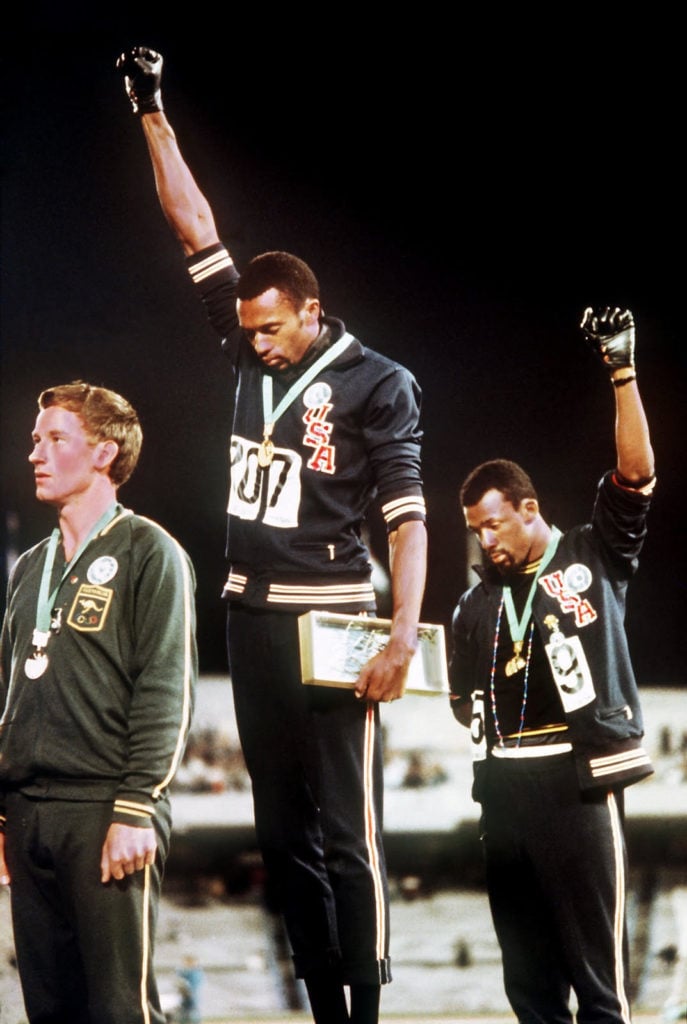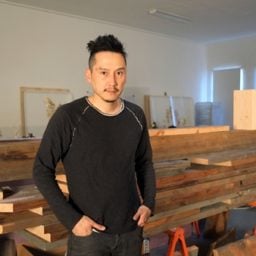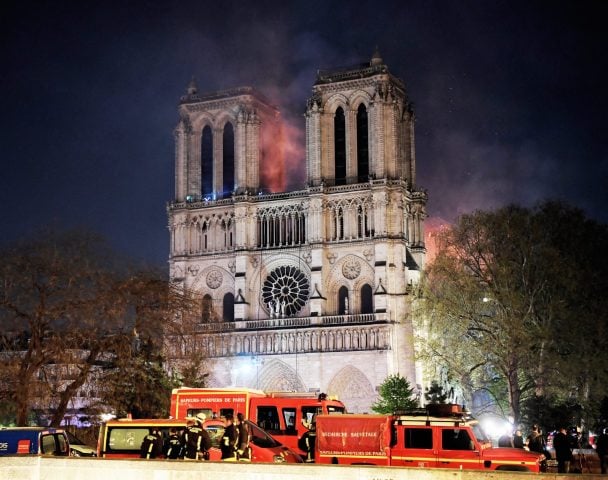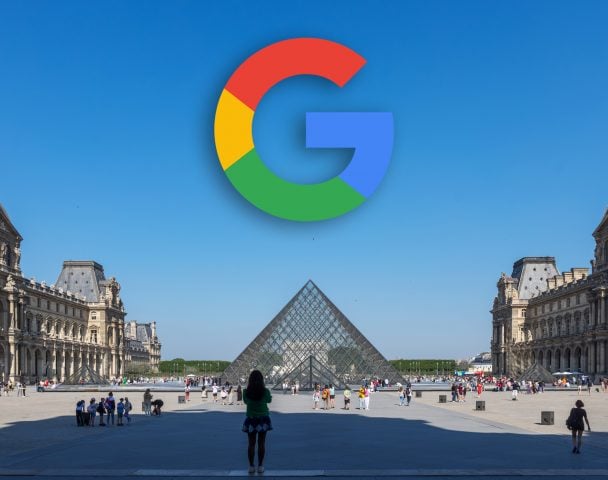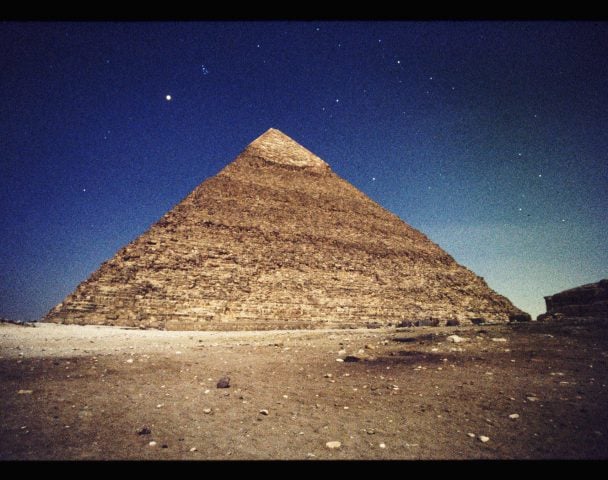Five decades after gold medalist Tommie Smith raised a black-gloved fist to protest civil rights injustices during the medal ceremony at the 1968 Olympics, the issue of athletes using the field as a forum for activism is again at the forefront of intense discussion about race and social justice.
On Wednesday, the NFL ruled that players can no longer kneel during the national anthem without risking punishment or their teams facing possible fines. The decision came after nearly two years of heated debate starting in August 2016 when San Francisco quarterback Colin Kaepernick began to kneel during the national anthem to protest the country’s treatment of people of color.
Now, the High Museum in Atlanta is delving into another historic athlete protest with an upcoming show, “With Drawn Arms: Glenn Kaino and Tommie Smith” that will open in late September. The collaboration between the contemporary art star and the athlete reflects Kaino’s longstanding relationship with Smith, whom the artist first sought out and met in 2013. Years before the current NFL controversy, Kaino had observed that Smith was living in a “time bubble” centered around his record-setting race and subsequent salute. Their partnership has yielded several sculptural collaborations.
Bridge, the first such work, was installed in a historic Naval building, at the second edition of Washington, DC’s 5×5 Project. Though it appeared to be an elegant footbridge with suspended gold objects for slats, each of the bronze slats was actually a painted cast of Smith’s arm.
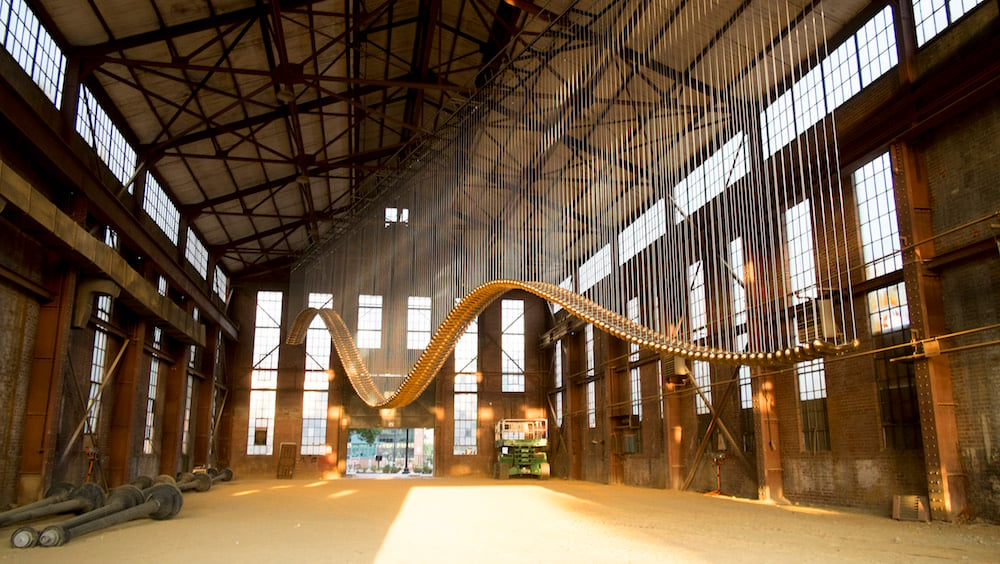
Glenn Kaino, Bridge (2014). Courtesy of the artist and Kavi Gupta Gallery, Chicago. ©Glenn Kaino.
Bridge and several new works will be on view at the High. They include drawings by Kaino and Smith, excerpts from an original documentary about Smith’s life and his collaboration with Kaino (directed by Kaino and Afshin Shahidi), objects from the Tommie Smith Archives, and a series of drawings contributed by students from across the US.
“There may be no other event in the 20th century that so powerfully speaks to our present moment of confrontation with the endemic racism and inequality that persist in society today,” Michael Rooks, the High’s curator of modern and contemporary art, said in a statement. Rooks said the combination of Kaino’s “activist art and Tommie’s heroic fortitude and resilience in the face of overwhelming adversity amplifies a young generation’s rising call for social justice.”
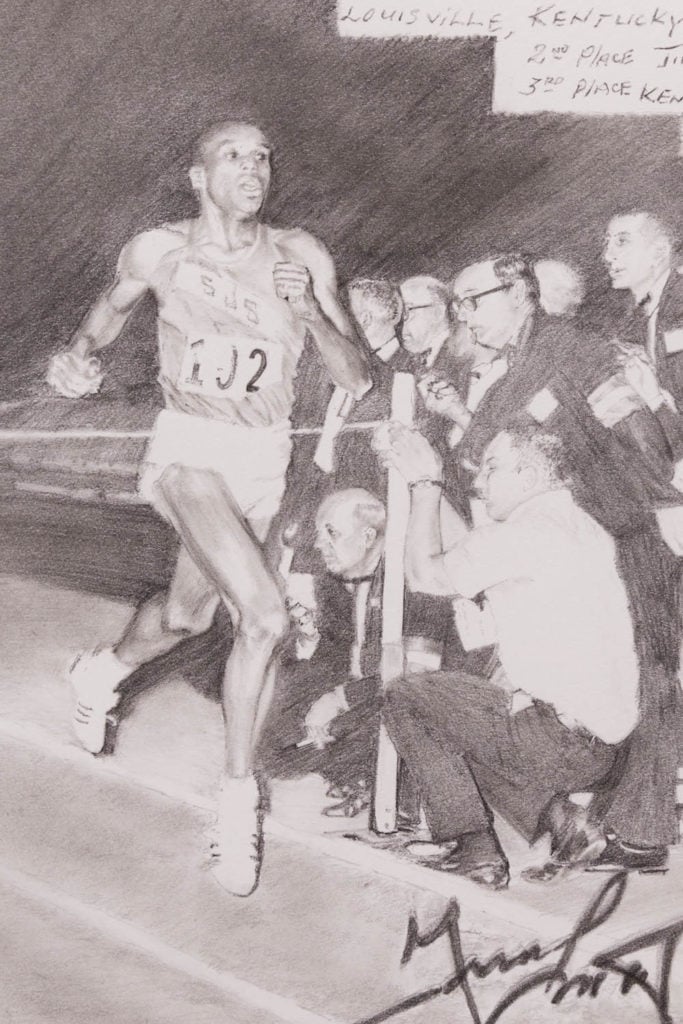
Glenn Kaino, With Arms Drawn (World Indoor Relay)_300 Courtesy the artist and Kavi Gupta Gallery, Chicago. ©Glenn Kaino
Speaking to artnet News, Rooks said he has long been a fan of Kaino’s work and knew he had been coming back and forth to Atlanta to work with Smith. “[Kaino] filled me in over the course of the year and we just both decided this makes a lot of sense to do an exhibition at the High Museum so that’s where we came into the picture,” he said.
Parts of the documentary film project are excerpted specifically for the exhibition and will be shown in a dedicated gallery at timed intervals. Musician John Legend, his partners Mike Jackson and Ty Stiklorius, and actor Jesse Williams serve as executive producers for the film.
The presentation aims to show the various chapters of Smith’s life, Rooks said: “We see Tommie’s life before the Olympics, the moment that he made his salute—which in essence symbolizes a great sacrifice but of course the loss of his autonomy—and then the third part or chapter is about what Tommie means today in context of the social or political atmosphere that we’re living in today.”
Further, Rooks said Kaino and Smith have been traveling around to various cities with members of his studio, conducting workshops with students. “So basically it’s pedagogical, teaching them about the historical moment the 1968 Olympics and Tommie’s life,” he said. The students are then invited to draw a frame and those drawings are presented as a group as well.
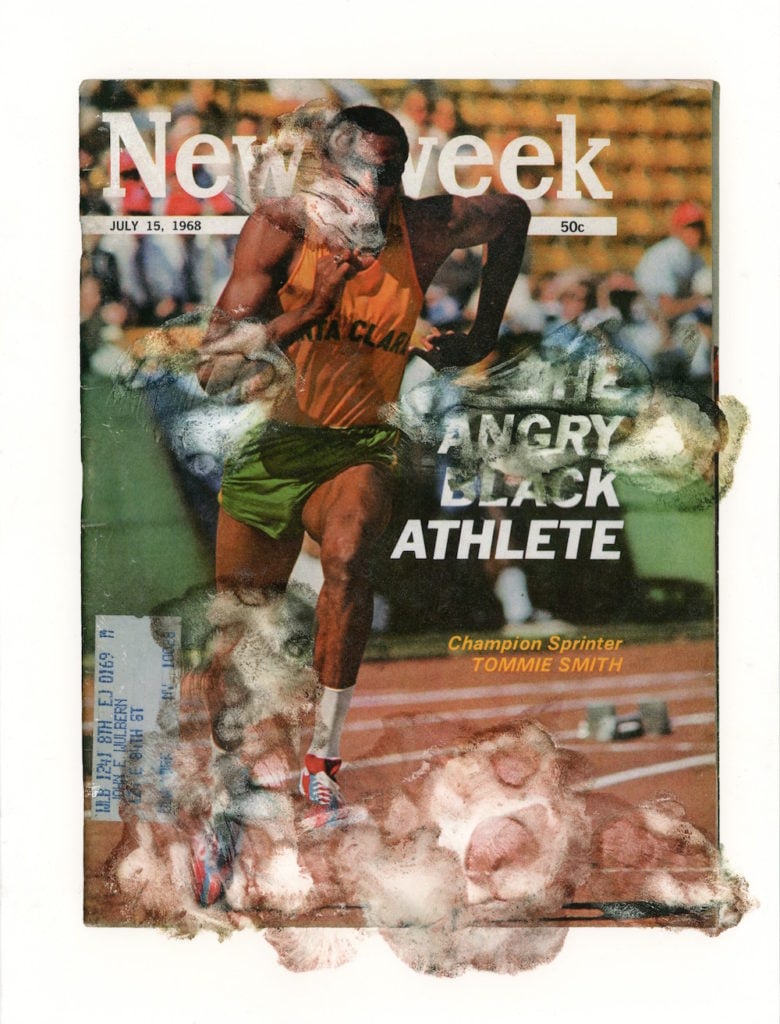
Glenn Kaino, Study for 19.83 Courtesy of the artist and Kavi Gupta Gallery, Chicago. ©Glenn Kaino.
Also on view will be Kaino’s 19.83 (2013), a steel-and-gold-plated, life-size recreation of the Olympic medal podium on which Smith stood, and altered images that critically examine the language used in the July 1968 Newsweek cover that labeled Smith “The Angry Black Athlete.”
A new Kaino sculpture, titled Invisible Man (Salute) (2018), is a life-size likeness of Smith with his fist raised, made of blackened aluminum and mirrored stainless steel. From the back, the sculpture is a detailed and true-to-life sculpture of Smith in his tracksuit. But the front is a mirrored surface where visitors see themselves reflected “thus contextualizing each individual’s experience within a continuum of history since 1968,” according to the museum’s statement.
“We learned all these incredible details about his story,” Rooks said. “The idea of the ‘Invisible Man’ is really central to his whole story. If you recall the images of him racing, he wore sunglasses when he ran, which is really unusual. He said he always felt invisible. He talked about growing up in a poor black family picking cotton and having to ask his dad for a day off to go run his first race. And his father said basically if you don’t win, you’re not running anymore, that’s the end of your sports career. You’ve only got one shot.”
According to Smith’s website, he has been asked over and over again what was on his mind when he gave the salute. His answer? Praying. “I was praying underneath the bleachers, I was praying on the walk up to the victory stand, and the entire time I was up there.” According to the site, Smith’s historic act of protest on the Olympic podium has also been misunderstood: “It was not a ‘Black Power Salute’ as has been written on numerous occasions. It was a ‘human rights salute’ more than anything else.”
